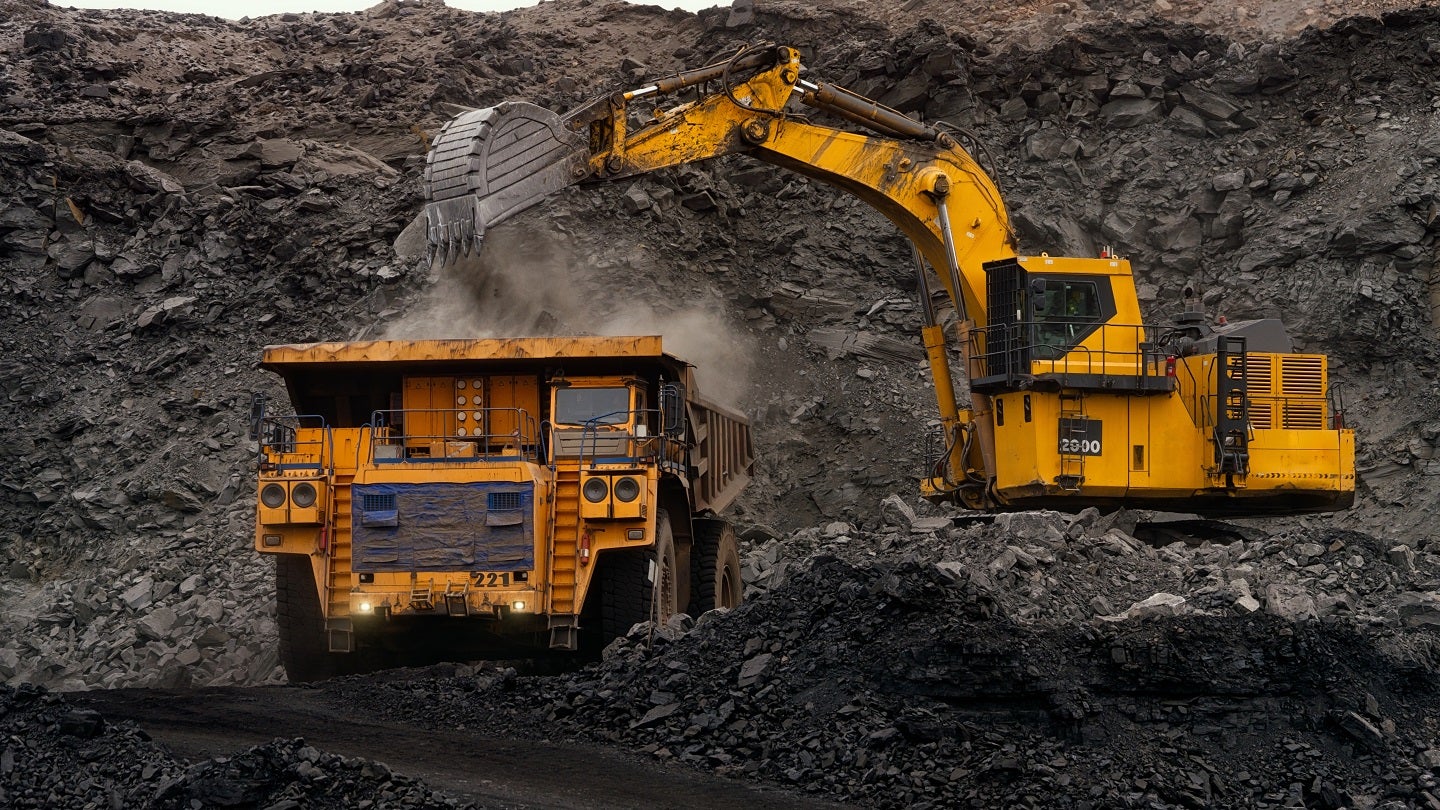
When we talk about electric vehicles here on CleanTechnica, we’re often referring to electric cars and electric bikes — or sometimes electric trucks, buses, and planes. But what about electric three-wheelers? There are a lot of tuk-tuks out there, and maybe an EV revolution is brewing in this multi-million-vehicle market?
A recent podcast interview with the cofounders of RACEnergy woke me up to this market a bit, and what especially excited me was what they are doing in order to help it along. I know that everyone’s heard of battery swapping, and I know battery swapping for 3-wheelers may not seem like the best idea. But as I talked to Gauthum Maheswaran and Arun Sreyas about their technology and what they are doing, I was sold. Have a listen to the full podcast below, or jump past it for some of the highlights in text form.
They talked about the application of their electric vehicle battery swapping tech for taxi (Uber, Lyft, etc.) drivers using tuk-tuks as one main application. “You know, in these cases, the driver does not have any time to sort of wait, find a charger, stay available connected to the charger for two hours or three hours — that time is not possible at all. In those cases, what happens is: A) the driver’s kind of like losing a lot of money, because they’re sitting idle and not generating any revenue, and B) EVs are not really affordable at this point in time, [they’re] very expensive, and with that high utilization for the driver, the battery gets very expensive as well. So we came up with a solution where the battery’s kind of unplugged from the vehicle itself. Only the vehicle is sold and the battery’s not sold. The driver comes to one of our stations when they run out of charge, they simply swap the batteries — it takes a minute, at best, to swap out all the batteries in your vehicle, and then you’re good to go.
“So, essentially, we’re kind of creating a solid petroleum product, a solid gas, where you can just swap out, and these stations we build are also set up in gas stations as well, right beside your fuel pumps. So, it really becomes easy for the driver as well.” (Note that he’s not saying that they created a solid petroleum or gas, chemically, but simply that it’s a process similar to refueling with gas.)
They also noted that when the vehicle costs considerably less because the battery is not included and is leased, then the driver has to finance a lower amount, which is easier and better for them. That results in paying less interest, for example.
“We like to think of it as a Tesla for tuk-tuks,” they noted later on when getting more into the tech discussion and the popularity of the vehicles. Their vehicles are selling by word of mouth now and they’ve developed a long waitlist of orders — so they’re just trying to ramp up production. And this is with operations in just 2–3 cities in India. “We haven’t even touched maybe 1% of the market at this point in time.”
Naturally, the benefits of electric drivetrains help as well. These are smoother to drive, cause less fatigue, prevent problems drivers have had from ICE vehicle vibrations causing their skin to rub up against the gearbox of a conventional tuk-tuk too much.
We talked a bit about their battery technology as well. RACEnergy is using NMC lithium-ion batteries. Because the battery has to be incorporated into a small, lightweight vehicle, it pays to have the extra energy density an NMC battery has compared to an LFP battery. They have the highest-energy-density batteries of all the swapping companies across the globe, they note. The NMC batteries also have higher power density.
As far as how the battery swap stations work, they state, “The station is completely automated. It has payment systems integrated into it, so the user just comes and keys in his vehicle ID and the station automatically connects with the vehicle while bluetooth measures the energy that’s been used by that particular. Then the user pays through a verified payment system on a mobile payment system. He gets the new batteries, recharged batteries, and he’s good to go.” How cool is that? There is no need for paid labor at the stations, and it’s a simple, automated process that’s easy for drivers to use.
Meanwhile, their system collects 16 different barometers from the batteries through this process for different purposes.
For much more, listen to the full podcast interview and/or visit the RACEnergy website.
You can find our CleanTech Talk podcast on Spotify, Apple Podcasts / iTunes, Google Podcasts, Breaker, Overcast, Pocket, Podbean, Radio Public, SoundCloud, or Stitcher.
Also see: Sri Lanka Aims To Reach 500,000 Electric Tuk-Tuks
I don’t like paywalls. You don’t like paywalls. Who likes paywalls? Here at CleanTechnica, we implemented a limited paywall for a while, but it always felt wrong — and it was always tough to decide what we should put behind there. In theory, your most exclusive and best content goes behind a paywall. But then fewer people read it! We just don’t like paywalls, and so we’ve decided to ditch ours. Unfortunately, the media business is still a tough, cut-throat business with tiny margins. It’s a never-ending Olympic challenge to stay above water or even perhaps — gasp — grow. So …



